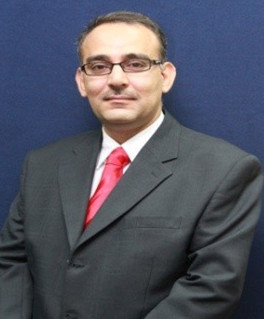Abstract—The most important and abundant renewable
energy in the world is solar energy which is going to be used
increasingly. Life cycle assessment approach help us to analyze
new and renewable technologies and quantify the impacts on
the environment. The results of the studies show that 80% of the
embodied energy is related to the manufacturing processes in
producing the photovoltaic (PV) panels. Energy efficiency,
location of the production phase, installation, building
integration facilities and climate affect the performance of PV
technology through its life cycle. In this paper we used a
multi-dimensional assessment model including environmental
impact assessment and cost analysis for a building integrated
PV (BIPV) system. This BIPV system which can provide the
whole required electricity for a single family house in two cities
of Iran with different climatic conditions (Tehran and
BandarAbbas) has been evaluated. The results in life cycle cost
analysis on PV system showed that the payback period time is
highly dependent on the maintenance costs of PV system
especially while current energy generating plants provide low
cost energy which are based on the fossil fuel resources in Iran.
According to the calculations the payback period time of PV
system is longer than technical life span of them by considering
current electricity tariffs and initial costs; therefore, more
governmental investment and subsidies are needed. Besides the
environmental assessment of PV system, a comparison by fossil
fuel based systems has been carried out in terms of
environmental impact categories.
Index Terms—About life cycle assessment, life cycle cost
analysis, environmental impacts, payback period, photovoltaic.
Hashem Amini Toosi and Ali Vakili-Ardebili are with School of
Architecture, College of Fine Arts, University of Tehran, Tehran, Iran
(e-mail: Hashemamini@alumni.ut.ac.ir, avakiliardebili@ut.ac.ir).
Zahra Balador and Morten Gjerde are with School of Architecture and
Design, Victoria University of Wellington, Wellington, New Zealand
(e-mail: Zahra.balador@vuw.ac.nz, morten.gjerde@vuw.ac.nz).
[PDF]
Cite:Hashem Amini Toosi, Zahra Balador, Morten Gjerde, and Ali Vakili-Ardebili, "A life Cycle Cost Analysis and Environmental Assessment on the Photovoltaic System in Buildings: Two Case Studies in Iran," Journal of Clean Energy Technologies vol. 6, no. 2, pp. 134-138, 2018.


